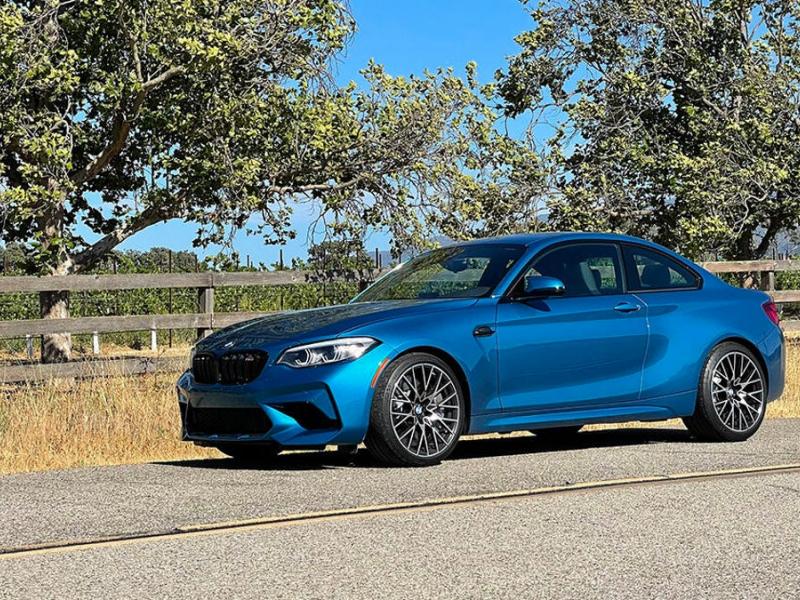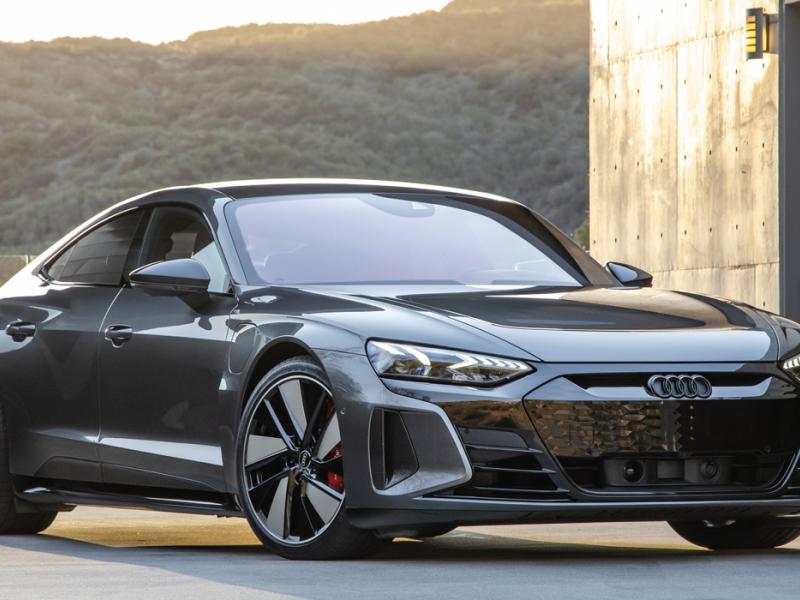Should You Warm Up Your Car in the Winter?
 You wake up and rub the sleep out of your eyes. You shuffle to the bathroom and wait for the shower to get to the perfect temperature. Then you brush your teeth, put on your clothes and get ready for work. Before you walk out the door, you realize that it’s the middle of January and your car is freezing. It may have even iced over during the night. Sigh.
You wake up and rub the sleep out of your eyes. You shuffle to the bathroom and wait for the shower to get to the perfect temperature. Then you brush your teeth, put on your clothes and get ready for work. Before you walk out the door, you realize that it’s the middle of January and your car is freezing. It may have even iced over during the night. Sigh.
While the summer months offer up an abundance of pleasantries, the winter tends to bring you down. Seasonal depression kicks into high gear, and life just seems to get harder. Not to mention the fact that it’s always around 30 degrees in the morning. As such, your next step is to warm up your car. After all, you’ve probably been told that running the engine before you drive the vehicle is good for the car. But, is this true?
I’m sure you’ve spent plenty of mornings standing in your house as your car starts warming up. I mean, it’s great if you’ve got time to spare. But, most of the time, it’s an afterthought. You’ve forgotten all about that quarter inch of ice that accumulated on your windshield over the night. And now you’re late for work.
While letting your car idle and warm up is great for the more practical purpose you’re using it for, — warming it up to a toasty degree — it’s not necessary for maintenance.
Fact or Fiction?
One of the major myths involving warming up cars is that the car needs to idle to function properly. After all, doesn’t running the engine keep it healthy? Doesn’t it make sure your car runs smoothly as you cruise down the snow-covered highway? No. No, it doesn’t.
In fact, it pretty much does the opposite. But, why? And how? The answer is more simple then you may think. What happens in an engine involves pistons and compression. The pistons in the engine compress both air and vaporized fuel. This is the basic stricture of how an engine runs. But, that doesn’t explain why a hot car makes the engine run better.
According to the myth, warming up your car “primes” your engine. It gets it ready for the road. Think of it like a warmup for an athlete. However, engines need more than just a small warm up to run properly. According to a Popular Mechanics article, you don’t need to let the car sit for 15 minutes while you sit inside and sip on your coffee. In fact, letting the car idle for too long vaporizes too much gasoline, which can damage the car’s pistons and cylinders.
Instead, you want to start the car for only a minute or two. Take this time to clear your windows of any snow and ice. You then want to proceed to get in your car and take off to your destination.
Know Your Car
But, there is another side to this. Cars with carbureted engines should sit idle. Most cars aren’t carbureted, so most of you don’t have to worry about it. If you’re interested, you can always look up your car online. Moreover, you should also learn what oils and fuels are best for your car. Knowing more about your car is never a bad thing.
Now, even though you shouldn’t let your car idle in the cold, there are some positives to warming up your car. First of all, you get warmer! And a warmer you is a happier you.
Secondly, the warm air will help you knock the ice off your windshield. Admit it. You’ve done the hunched-over drive where you’re glancing and squinting around the ice on your windshield. Not only does this look bad, it’s downright unsafe. Work can wait when it comes to your health and safety. Take the extra time in the morning and get all of the ice and snow off of your car. It’s the smartest thing to do.
It’s also smart to not lock your keys in your car while it’s running. This has happened to me more times than I can count. Police officers are excellent sources of help when it comes to car-related troubles. If you get in any sort of car jam, don’t be afraid to flag down an officer of the law.




